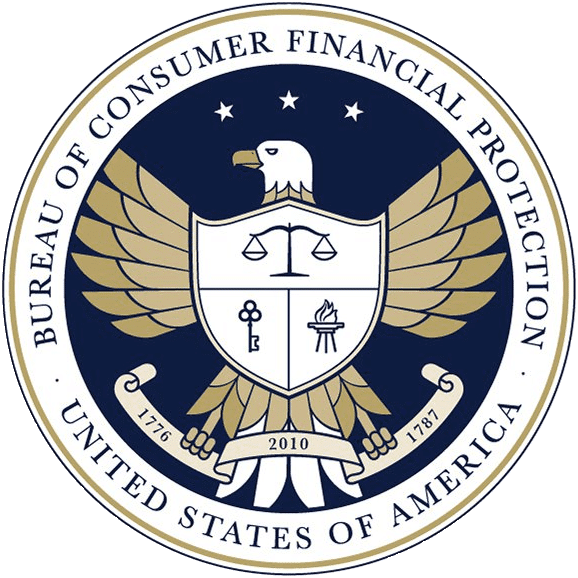
Consumer Financial Protection Bureau
Established: July 21, 2011
Mission: To protect consumers in the financial markets from unfair, deceptive, or abusive practices and to take action against companies that break the law.
Reason for creation: The Consumer Financial Protection Bureau (CFPB), authorized by the Dodd–Frank Wall Street Reform and Consumer Protection Act of 2010, was formed in the aftermath of the financial crisis of 2008-2009 as a means of creating more transparent oversight of financial institutions. The CFPB was designed to provide a single point of accountability for enforcing federal consumer financial laws and protecting consumers in the financial marketplace. Previously, that responsibility was divided among several federal agencies including the Federal Reserve, the Federal Trade Commission, the Federal Deposit Insurance Corporation, and others.
During the second half of the 20th century, as financial markets grew more complex and more deeply embedded in Americans’ everyday lives, several pieces of legislation were instituted to protect consumers as they navigated the changing financial environment.
The 1968 Truth in Lending Act (TILA) required credit companies to provide consumers with information about the terms, costs, and conditions associated with their services. The Fair Credit Reporting Act in 1968, the Fair Credit Billing Act (FCBA) in 1975, the Fair Debt Collection Practices Act (FDCPA) in 1978 and the Fair Credit and Charge Card Disclosure Act (FCCCA) in 1989 all added to the TILA to protect consumers against billing errors, abusive collection methods, and to specify and expand the types of information creditors are required to disclose to consumers.
However, all these legislative projects did not prevent the 2008 financial crisis. Largely caused by misleading and dishonest lending practices, the economic disaster plunged the US and world economies into a recession. In June 2009, President Obama proposed establishing a financial agency that would focus directly on consumers rather than on larger markets or monetary policy. The following year, that proposal was realized through the establishment of the CFPB.
Impacts: In 2013, the CFPB set new standards for the mortgage market that require lenders to verify that borrowers are able repay the loans they are taking out.
Additionally, the CFPB has cracked down on financial corporations engaging in illegal behavior. In 2014, the bureau ordered Bank of America to return $727 million to consumers impacted by deceptive marketing and unfair billing practices. In 2015, it ordered Citibank to return $700 million to customers for similar reasons.
Through enforcement actions like these, in the first five years of its operation, the CFPB provided $11.7 billion in relief to consumers. The bureau has also handled over 1 million complaints made by consumers.

